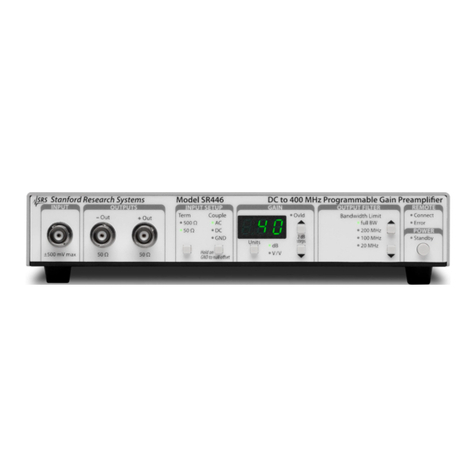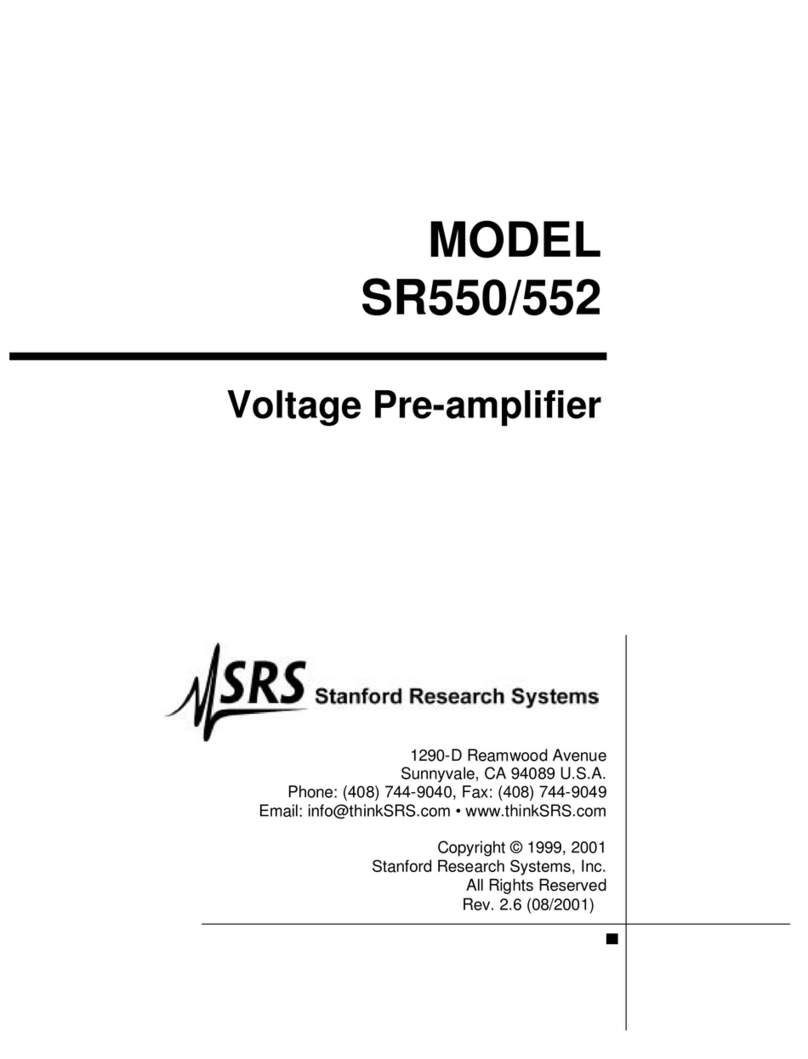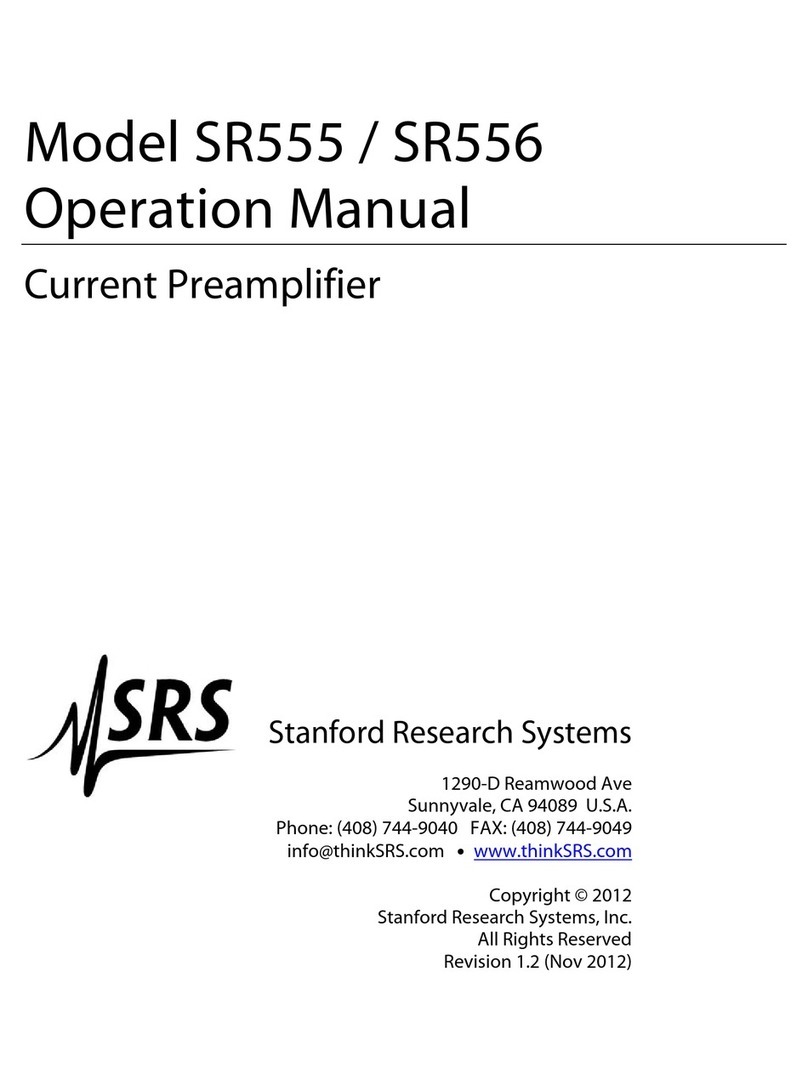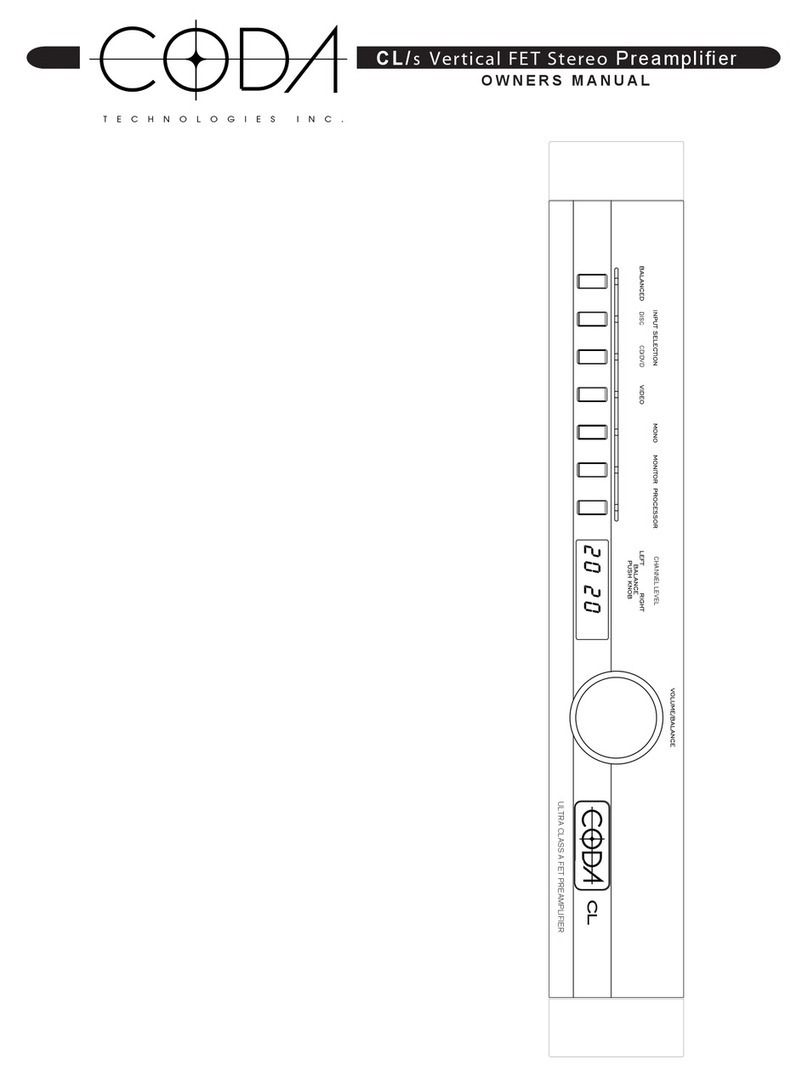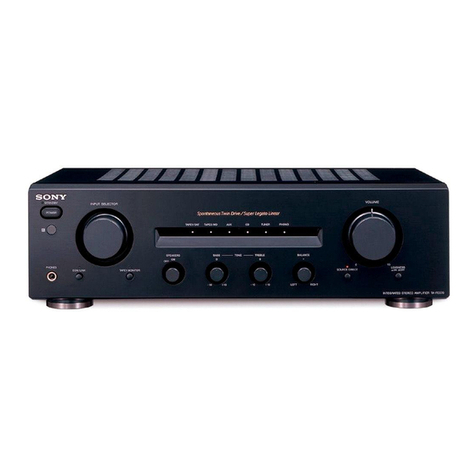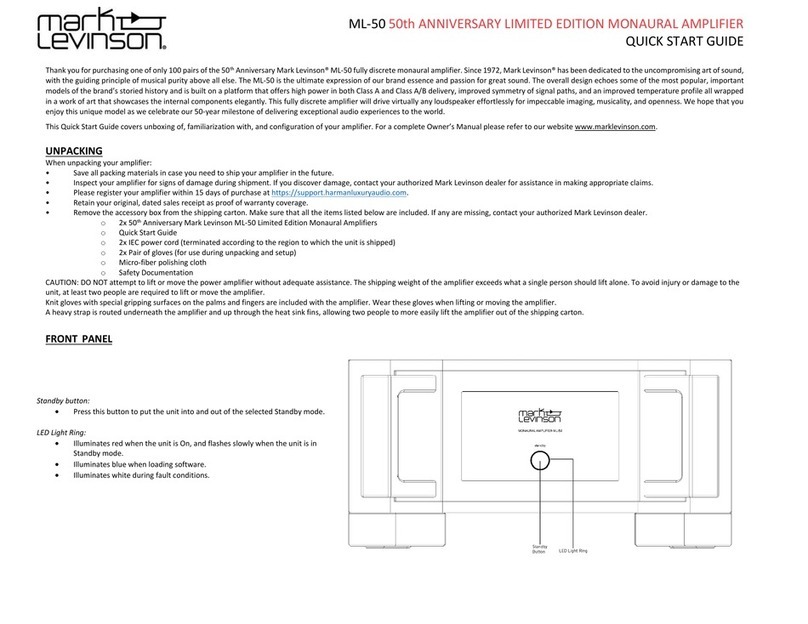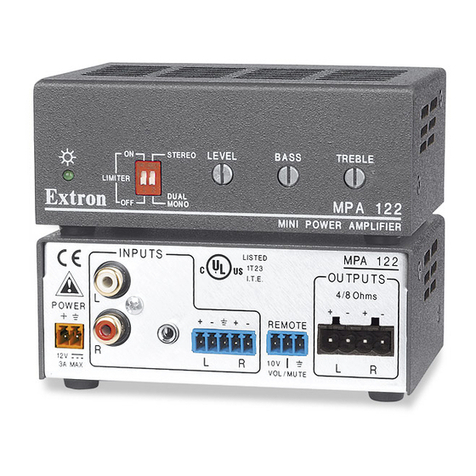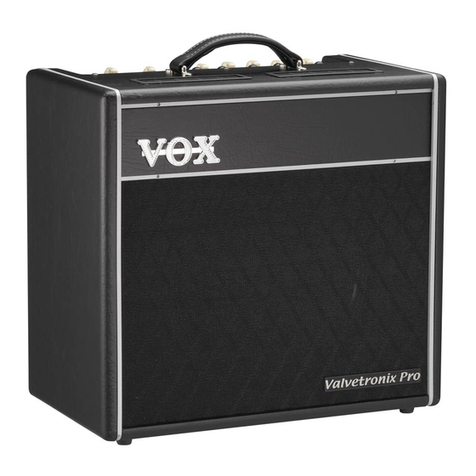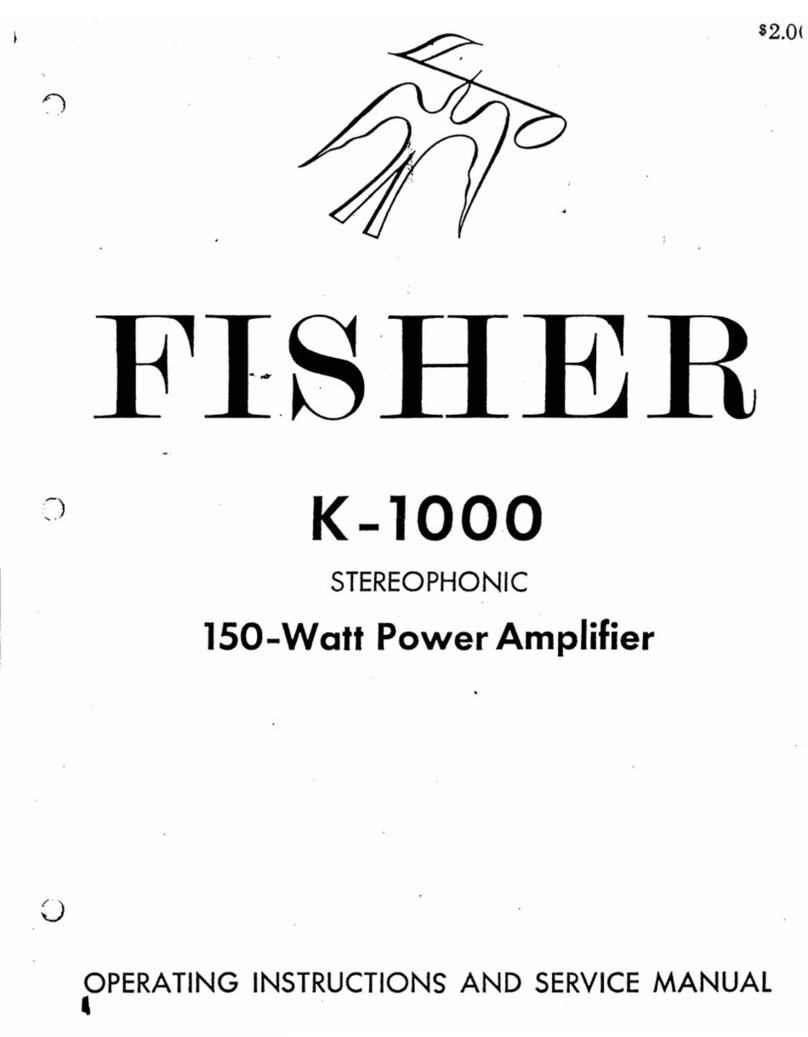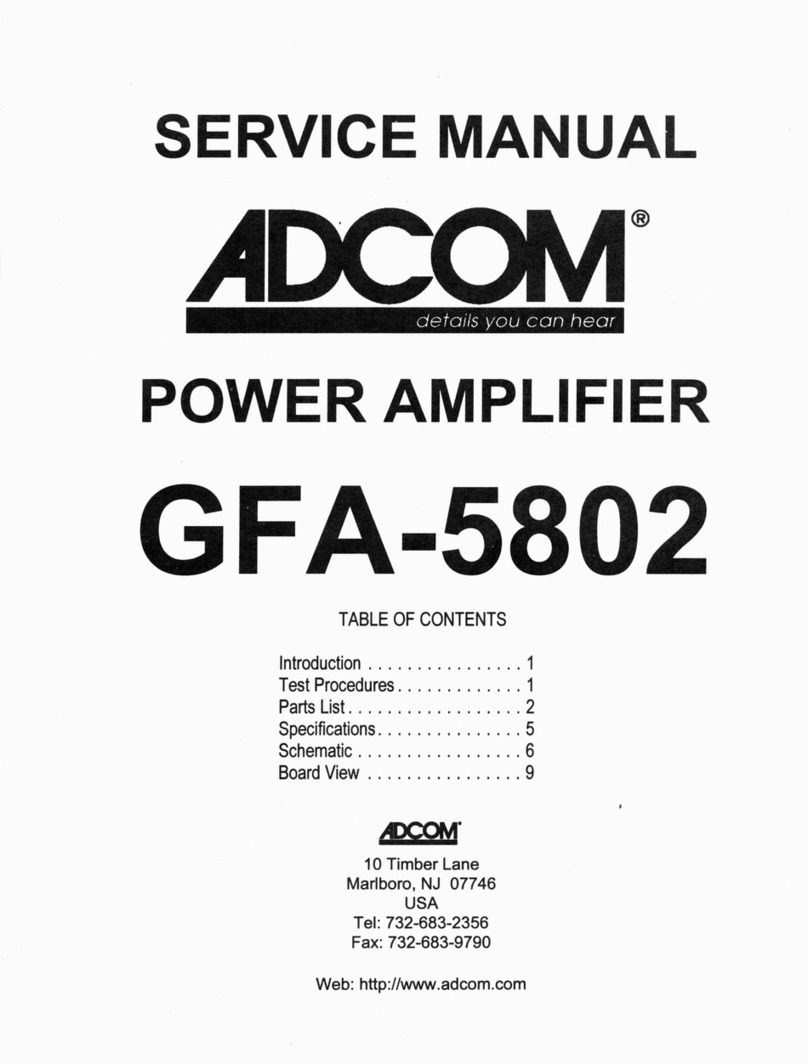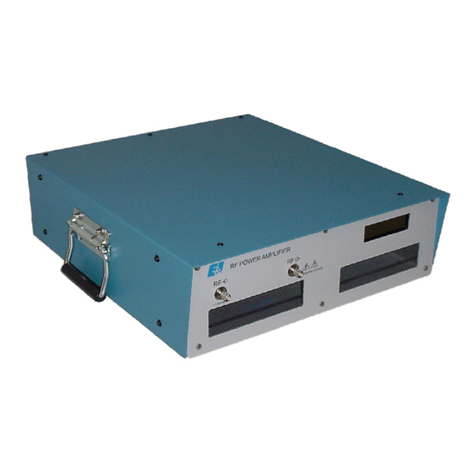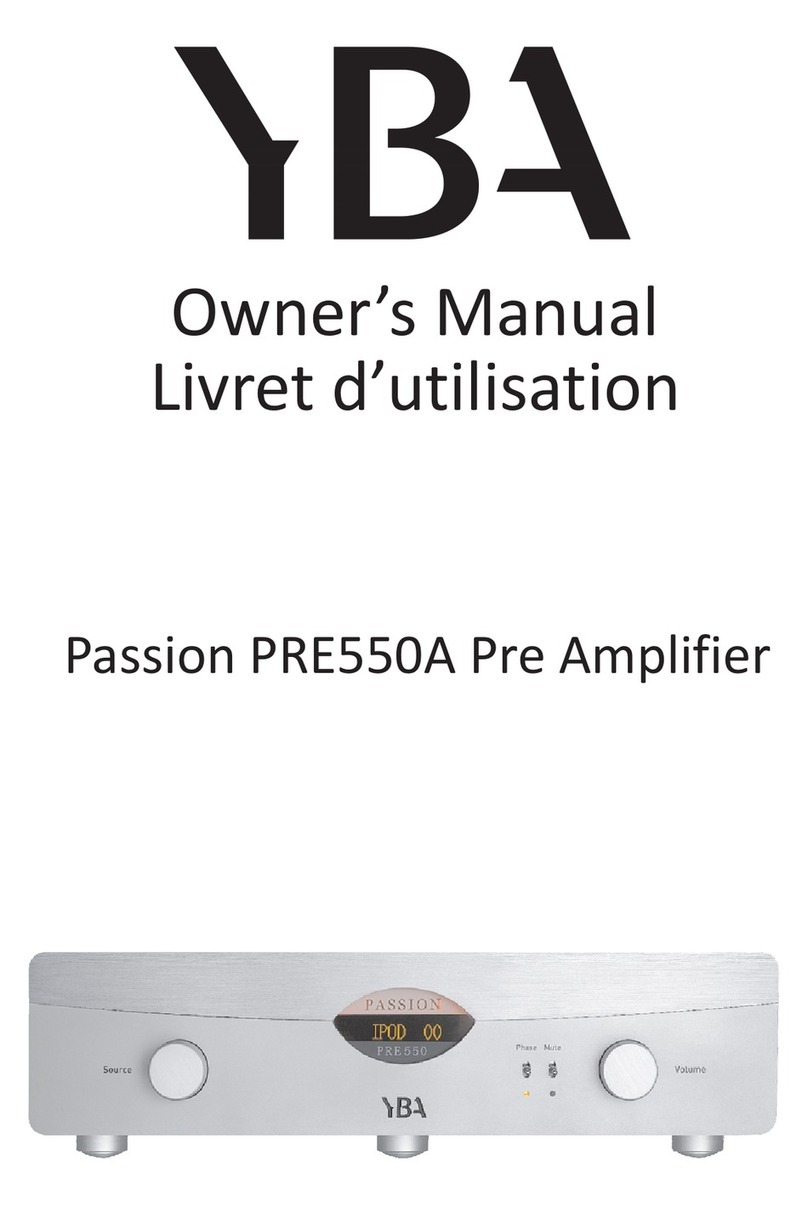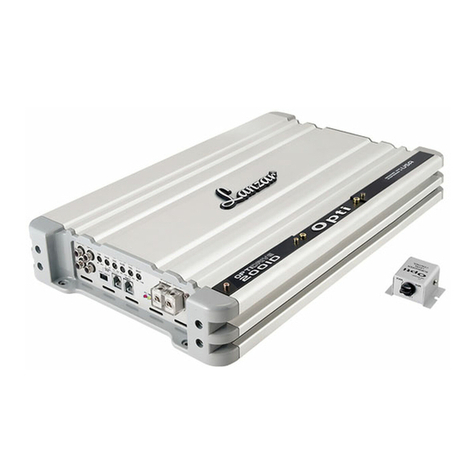SRS Labs FS710 User manual

MODEL FS700
LORAN-C
FREQUENCY STANDARD
MODEL FS710
Distribution Amplifier
1290-D Reamwood Avenue
Sunnyvale, California 94089
Phone: (408) 744-9040 • Fax: (408) 744-9049
Copyright © 1997 by SRS, Inc.
All Rights Reserved.
Revision 2.5 (10/2001)


i
TABLE OF CONTENTS
FS700 LORAN-C Frequency Standard
Condensed Information
Safety and Preparation for Use iii
Symbols v
Specifications vi
Abridged Command List viii
Quick Start x
Operation
Introduction to LORAN-C 1
Signal Characteristics 1
Phase Coding 3
Signal Propagation 3
Blink Transmissions 3
Additional Information 4
LORAN-C Station List 5
FS700 Overview 9
Introduction 9
Antenna 9
Signal Acquisition 9
Locking to LORAN-C 10
Signal Errors 10
Front/Rear Panel Features 11
Front Panel Features 11
Rear Panel Features 12
Front Panel Operation 14
Introduction 14
LORAN Tracking 14
Overview 14
Tracking Menu 15
GRI Selection 15
Station Selection 15
Search Mode 16
Time Constant 16
Keyboard Lock 16
Status Menu 17
Gain, Signal to Noise 17
Phase 17
Stations Found 18
Status Timing 18
Signal Quality 18
Tracking Point Monitoring 18
Notch Filters 19
Tuning the Notch Filters 19
Search Problems 20
Tracking Problems 21
Frequency Generation
and Calibration 23
Frequency Menu 23
Phase Menu 23
Time Menu 25
Setup Menu 25
Programming
Programming the FS700 27
Communications 27
GPIB Communication 27
Front Panel LED's 27
Data Window 27
Command Syntax 27
Programming Errors 28
Detailed Command List 28
Tracking Control Commands 28
Tracking Status Commands 30
Phase Meter Commands 31
Status Reporting Commands 33
Hardware Test Commands 34
Status Byte Definitions 35
Status Reporting 35
Serial Poll Status Byte 35
Standard Event Status Byte 35
LORAN Status Byte 36
Programming Examples 37
Microsoft C - Example 1 37
IBM Basic - Example 2 39
Test and Calibration
Troubleshooting 41
Self Test Errors 41
GPIB Interface Problems 42
Hardware Troubleshooting 43
16-Bit DAC Test 43
RF Circuitry Test 43
Integrator Test 44

ii
Peak Detector Test 44
Performance Tests 45
Introduction 45
Necessary Equipment 45
Tests 45
Start Tests 45
Front Panel Test 45
RF Bandwidth Test 46
Internal Self-Tests 46
Notch-Filter Check 47
10 MHz Oscillator Check 47
Phasemeter Check 48
FS700 Performance Test
Record - Scorecard 49
Calibration 50
Necessary Equipment 50
Coarse Oscillator Adjustment 50
Bandpass Filter Alignment 51
Notch Filter Alignment 53
FS700 Circuitry
Circuit Description 55
Front End/ Notch Filters 55
LORAN Front End 55
Microprocessor System 56
I/O Ports and Interrupt Driver 57
Gated Integrators 57
Gated Integrator Pattern RAM 57
A/D, D/A Converters 58
Clocks and Clock Outputs 58
Phase Comparators/Frequency
Output 59
Front Panel LED's/Switches 59
Unregulated Power Supplies 59
Power Supply Regulators 60
Active Antenna 60
FS700 Component Parts List 61
FS710 Amplifier
FS710 – 10 MHz AGC Distribution
Amplifier
Introduction 75
Front Panel - Figure 1 75
Typical Specifications 75
Operation 76
Trouble Shooting 76
Calibration 76
Circuit Description 76
Line Voltage Selection 76
Line Fuse 76
FS710 Component Parts List 77
PC Layout 80
Schematic 81
Component Placement on PCB
Schematic Circuit Diagrams
Front End/Notch Filters 1/14
LORAN Front End 2/14
Microprocessor System 3/14
I/O Ports and Interrupt Driver 4/14
Gated Integrators 5/14
Gated Integrator Pattern RAM 6/14
A/D, D/A Converters 7/14
Clocks and Clock Outputs 8/14
Phase Comparator/Frequency
Output 9/14
Front Panel LED's/Switches 10/14
Unregulated Power Supplies 11/14
Power Supply Regulators 12/14
Spare IC's 13/14
Active Antenna 14/14

iii
SAFETY AND PREPARATION FOR USE
WARNING: Dangerous voltages, capable of causing death, are present in this instrument. Use
extreme caution whenever the instrument covers are removed.
WARNING: Watch for overhead power lines when installing the FS700's antenna. Contact with power
lines can be fatal.
This instrument may be damaged if
operated with the LINE VOLTAGE
SELECTOR set for the wrong AC line
voltage or if the wrong fuse is installed.
Line Voltage Selection
The FS700 operates from a 100 V, 120 V,
220 V, or 240 V nominal AC power source
having a line frequency of 50 or 60 Hz.
Before connecting the power cord to a power
source, verify that the LINE VOLTAGE
SELECTOR card, located in the rear panel
fuse holder, is set so that the correct AC
input voltage value is visible.
Conversion to other AC input voltages
requires a change in the fuse holder voltage
card position and fuse value. Disconnect the
power cord, open the fuse holder cover door
and rotate the fuse-pull lever to remove the
fuse. Remove the small printed circuit board
and select the operating voltage by orienting
the printed circuit board to position the
desired voltage to be visible when pushed
firmly into its slot. Rotate the fuse-pull lever
back into its normal position and insert the
correct fuse into the fuse holder.
Line Fuse
Verify that the correct line fuse is installed
before connecting the line cord. For 100
V/120 V, use an 1 Amp fuse and for 220
V/240 V, use a 1/2 Amp fuse.
Line Cord
The FS700 has a detachable, three-wire power
cord for connection to the power source and to a
protective ground. The exposed metal parts of
the instrument are connected to the outlet ground
to protect against electrical shock. Always use an
outlet which has a properly connected protective
ground.
Antenna
The FS700's vertical antenna should be installed
on the roof of a building. Watch for power lines
when installing the antenna.
Furnished Accessories
- Power Cord
- Operating Manual
Environmental Conditions
OPERATING
Temperature: +10° C to +40° C
(Specifications apply over +18° C to +28° C)
Relative Humidity: <90% Non-condensing
NON-OPERATING
Temperature:-25° C to +65° C
Humidity: <95% Non-condensing

iv
FS700 Antenna Installation Instructions:
New FS700 Antenna Installation Instructions:
The new style PVC base LORAN-C antenna used with the FS700 LORAN Receiver comes with a 6"
galvanized pipe nipple and 2 U-bolt clamps for mounting. After securing galvanized pipe with U-bolts,
the antenna base can be screwed onto the pipe nipple and the BNC connector can be connected to
the lead-in cable. The piece of supplied special heat shrink tubing should be applied over the cable
connection and heated with a heat gun or other heat source to weatherproof the connection.
The new antenna does not have an internal attenuator as with the old style antennas. If excessive
signal strength is encountered, consult the factory.
!!NOTE ON GROUNDING AND LIGHTNING PROTECTION!!
All metal antenna attachments should always be connected to a good earth ground. In areas where
lightning is encountered, a lightning arrester(s) should be used in the antenna lead-in cable.

v

vi
SPECIFICATIONS
Receiver Specifications
Sensitivity Will lock with signal-to-atmospheric noise level of -10 dB or better.
LORAN Output Filtered and gain controlled antenna signal, typically 6 V peak-to-peak.
Station Search All available stations pre-programmed. Auto-Seek finds and tracks
strongest station.
Notch Filters 6 adjustable 30 dB notch filters, 3 at 40 - 90 kHz, 3 at 110 - 220 kHz.
Antenna 8 Foot Active Whip with 30 dB switchable attenuator, bandpass filter,
and FET preamp in weatherproof housing.
Frequency Specifications
Frequency Stability
Long Term 10-12, the same as LORAN-C transmitter Cesium clock.
Short Term 10-10, standard oscillator.
10-11, low phase noise option.
10 MHz Outputs 4 outputs, 1 Volt peak-to-peak sine wave into 50 W.
Internal Oscillator
Standard Option/01
Frequency 10.000 MHz 10.000 MHz
Type AT Cut Ovenized SC Cut Ovenized
Aging 5 x 10-10per day 5 x 10-10per day
Allan Variance (1 s) 5 x 10-11 5 x 10-12
Stability 0-50° C 0.005 ppm 0.005 ppm
Phase Noise (dBc) -120 dBc, 10 Hz offset from carrier
-155 dBc, 100 Hz offset from carrier
-165 dBc, 1 kHz offset from carrier
Phasemeter Specifications
Frequency Output 0.01 Hz to 10 MHz in 1, 2.5, 5 sequence, TTL level.
Can be 50 Ωterminated.
Oscillator Input 1 kΩ, 0.5 V peak-to-peak minimum level. 50 Volts max.

vii
Phase Output 0.01 V/degree, 0 to ±360°. Output proportional to phase difference
between OSC IN and FREQUENCY OUTPUT for frequencies between
100 kHz and 10 MHz.
Phase Resolution 3°
Interface
GPIB IEEE - 488 compatible interface. All instrument functions may be
controlled.
General
Operating 0 to 50° C.
Power 100, 120, 220 or 240 VAC +5% - 10%, 50/60 Hz, 50 Watts.
Dimensions 17" x 17" x 3.5". Rack mounting hardware included.
Weight 14 lbs.

viii
ABRIDGED COMMAND LIST
Commands which may be queried have a ? in parentheses (?) after the mnemonic. The ( ) are not
sent. Commands that may only be queried have a '?' after the mnemonic. Commands which may
not be queried have no '?'. Optional parameters are enclosed by {}. iand jare integers.
Tracking Control Commands
AUTO(?) {i} Sets the search mode to AUTO (i = 1) or Manual (i = 0).
FLLT(?) {i} Sets the receiver time constant.
GRIP(?) {i} Sets the GRI to i micro seconds.
STOP Stops LORAN station tracking.
STRT Starts station acquisition.
STTN(?) {i} Sets the station to be tracked.
Tracking Status Commands
GAIN? Returns the current receiver gain.
INFO? i Returns station search information.
LFOS? Returns instantaneous frequency correction.
LPHA? Returns current phase of internal clock relative to LORAN-C signal.
LSTA? Returns the index of the station being tracked.
NSTA? Returns the number of stations found during search.
STON? Returns the noise margin of the station being tracked.
TIME(?) {h,m,s} Sets/reads the time of day.
TLCK? Returns the amount of time the FS700 has been locked.
TULK? Returns the length of the last unlock period.
Phasemeter Commands
DLTF? Returns the frequency offset between the FREQUENCY OUTPUT and the
OSC IN BNC's.
FREQ(?) {i} Sets the frequency of the FREQUENCY OUTPUT.
PHSE? Returns the phase difference between the FREQUENCY OUTPUT and the
OSC IN BNC.
Status Reporting Commands
*CLS Clears all status registers.
*ESE(?) j Sets/reads the standard status byte enable register.
*ESR? {j} Reads the standard status register, or just bit j of register.
*IDN? Returns the device identification .
*PSC(?) j Sets the power on status clear bit. This allows SRQ's on power up if desired.
*RST Clears instrument to default settings.
*SRE(?) j Sets/reads the serial poll enable register.
*STB? {j} Reads the serial poll register, or just bit n of register.
SENA(?) j Sets/reads the LORAN status enable register.

ix
STAT? {j} Reads the LORAN status register, or just bit n of register.
Hardware Test Commands
(NOTE: These commands are not needed during normal operation.)
*TST? Starts self-test and returns status when done.
$ASC i Sets antenna input source. i = 0 = antenna, i = 1 = cal.
$DAT? Reads In phase and Quadrature gate data.
$GAT i Sets test gate patterns.
$INT? i Reads integrator data.
$POS i Sets gate position.
ATTN i Sets the attenuators to value i.
OSCF(?) i Sets the oscillator DAC to i.

x
QUICK START INSTURCTIONS
When Installing the FS700 for the first time, it is recommended that the following procedure be
carried out. If a problem is encountered, please read the detailed discussion on instrument
operation (pages 1-46).
1) Make sure that the correct line voltage has been selected on the rear panel power entry module.
2) Install the antenna according to the instructions on pages iv and 9 of this manual.
3) While holding the BSP key down, turn the front panel power switch of the FS700 to the ON
position. After a second or two, release the BSP key. This procedure will initialize all data in the
FS700’s RAM. Notice that the OVEN LED in the STATUS section is on. It will take 20 minutes
for the internal 10 MHz oscillator to stabilize. At that point, the OVEN LED will turn off. (It is not
necessary to wait for the OVEN LED to turn off before proceeding.)
4) Press the TRACKING menu button on the front panel. Using the FIELD button, position the
cursor the GRI field and type in the appropriate GRI for your area. (Note that the GRI can also
be selected by scanning the LOCATION field. This is done by using the ARROW keys.)
5) Now you must wait until the OVEN LED goes off (approximately 20 minutes). When the OVEN
LED goes off, the SEARCH LED will immediately turn on and the FS700 will start acquiring the
LORAN signal. The search process will take between 15 and 40 minutes. After the FS700 has
successfully locked to the LORAN signal, the LOCK LED will turn on. Now the FS700 is ready
for operation.

1
INTRODUCTION TO LORAN-C
LORAN-C is an accurate navigation system that is maintained by the
U.S. Coast Guard (LORAN stands for Long Range Navigation). A
receiver that measures the arrival times of the signals from three
LORAN stations can determine its position with an accuracy of about
1000 feet at a range of over 1000 miles. Because of the desire for
good long range position accuracy, the frequency and transmission
time of each LORAN transmitter is controlled by a set of Cesium clocks
or Hydrogen masers whose frequency accuracy is maintained by the
U.S. Naval Observatory. Because the timing characteristics of the
LORAN transmission are so tightly controlled, a receiver measuring the
signal from a single LORAN station can produce a very accurate
frequency output that is traceable to the U.S. Naval Observatory and
NIST. LORAN-C transmissions are also highly reliable. The stations
are functional more than 99% of the time and signal errors usually last
only a few minutes.
Signal Characteristics Signal LORAN-C stations transmit a pulsed signal at a carrier
frequency of 100 kHz. This frequency was chosen for stable
propagation characteristics and low ground wave attenuation. The
transmissions of the various stations are differentiated by the timing of
their pulses. The LORAN transmitters in a specific geographical region
are arranged in groups of at least three (the minimum number needed to
establish position) to at most 6 stations called chains. The chains are
differentiated by the repetition rate of the pulses transmitted by the
stations in the chain. This rate is called the Group Repetition Interval, or
GRI. For example, the U.S. West Coast chain has a GRI of 99400 µs
and each station in that chain (4) will transmit its signal once every
99400 µs. If the receiver synchronizes its timing with the desired GRI,
only stations in that GRI will produce a stable signal. Each chain has a
master station (labelled "M") and up to four secondary stations
(labelled "V", "W", "X", "Y", and "Z"). Once every GRI, each station will
transmit a group of eight pulses at the 100 kHz carrier frequency. Each
pulse is about 250 µs long, and the pulses are separated by exactly 1
ms. The master station has a ninth pulse that is transmitted 2 ms after
the eighth pulse. This ninth pulse identifies the station as the master.
The master station always transmits first in the GRI followed by each
Figure 1
Transmission of LORAN
Signals During a GRI

2
secondary station in a prescribed order. The signals are transmitted so
that the pulse groups will never overlap within the reception range of the
stations. This is shown in Figure 1. The receiver determines its
position from the time differences between the transmissions from each
station, and the known positions of the transmitters. If the master
station cannot be received, there is no way to identify the stations and
also no way to determine the receiver's position.
Graph 1
Shape of the Transmitted
LORAN-C Pulse
The Coast Guard controls the accuracy of the LORAN-C system by
precisely controlling the transmitter carrier frequency and the pulse
emission time. The pulse emission time is controlled by accurately
setting the emission time of the third positive zero crossing of the
LORAN rf pulse. This point is called the PULSE TIME REFERENCE
(PTR), and was chosen as a compromise between adequate signal-to-
noise ratio and freedom from skywave interference (discussed below).
The shape of the LORAN pulse is shown in Graph 1. By carefully
tracking the PTR over long time intervals it is possible to extract the
inherent frequency accuracy of the LORAN transmitter's Cesium clock.
This is the function of the FS700 LORAN-C Frequency Standard. The
FS700 will produce a frequency output with the same long-term
accuracy as a USNO controlled Cesium clock as long as a single
station in any GRI is receivable.

3
Phase Coding LORAN transmissions are Phase Coded to minimize the effects of
random noise, CW signal interference, and skywave interference.
Some of the pulses in the eight pulse group are transmitted with the
carrier signal inverted with respect to the rest of the pulses. That is,
some pulses are transmitted with the first cycle of the pulse starting by
going negative instead of positive. The phase code repeats in a two
GRI period called a Frame. A receiver, such as the FS700, that takes
phase coding into account will cancel any interference that occurs on an
interval longer than a frame. Also, the phase coding is arranged so that
any long delayed skywave interference will also be cancelled. The two
GRI pulse groups within a frame are called Group A and Group B and
have different phase codings. Additionally, master station frames have
a different phase coding than secondary station frames. The phase
codings for the various frames are shown in Figure 2.
Figure 2
Phase Codings of Master
And Secondary Stations
Signal Propagation The transmitted signal from a LORAN transmitter is split into two parts:
the groundwave which travels parallel to the surface of the earth, and
the skywave, which travels upward through the atmosphere, is reflected
by the ionosphere, and returns to earth. Because the height of the
ionosphere depends on the time of day, the season, and solar activity,
the skywave propagation path and the propagation delay are very
unstable. This makes the skywave transmission less than ideal for
accurate timing. The groundwave transmission does not suffer these
problems and is a very stable source of timing information. However,
the groundwave signal is rapidly attenuated by the atmosphere and
suffers contamination from the skywave signal which arrives slightly
later in time. These considerations limit the groundwave reception
range of the LORAN signal to about 1500 miles. At this range the
skywave interference will never disturb the position of the PTR.
Blink Transmissions Occasionally a LORAN transmitter will malfunction so that its
transmitted signal is no longer accurate. When this occurs the master
station and the affected secondary station begin blink transmissions.
The master station will blink its ninth pulse in a coded pattern indicating
which secondary is bad, while the secondary station will blink its first
two pulses in 0.25 seconds on, 3.75 seconds off pattern. The other
pulses in the transmission are unaffected. By checking for blink the
FS700 is able to ensure that it is locked to a healthy transmitting station.
Additional Information More detailed information may be obtained from:
Group Master Secondary
A ++--+-+- + +++++--+
B +--+++++ - +-+-++--

4
1) United States Naval Observatory, Time Services Division
34 Massachusetts Ave.
Washington, DC 20390
(202) 653-1507
Ask to be placed on the LORAN-C chain information mailing list.
LORAN-C station propagation delays may also be obtained from:
2) United States Coast Guard Headquarters
Washington, D.C. 20593
(202) 267-0283
The LORAN-C specifications may be obtained.
Publication numbers:
LORAN C User Handbook COMDTINST M16562.3
Specification of the LORAN C Transmitted Signal COMDTINST
M16562.4

5
Chain GRI Station Transmitter Location
West Coast USA 99400 µs M Fallon, Nevada, USA
W George, Washington, USA
X Middletown, California, USA
Y Searchlight, Nevada, USA
Canadian West Coast 59900 µs M Williams Lake, BC, Canada
X Shoal Cove, Alaska, USA
Y George, Washington, USA
Z Port Hardy, BC, Canada
North Central USA 82900 ms M Havre, Montana, USA
W Baudette, Minnesota, USA
X Gillette, Wyoming, USA
Y Williams Lake, BC, Canada
South Central USA 96100 ms M Boise City, Oklahoma, USA
V Gillette, Wyoming, USA
W Searchlight, Nevada, USA
X Las Cruces, New Mexico, USA
Y Raymondville, Texas, USA
Z Grangeville, Louisiana, USA
Great Lakes 89700 µs M Dana, Indiana, USA
W Malone, Florida, USA
X Seneca, New York, USA
Y Baudette, Minnesota, USA
Z Boise City, Oklahoma, USA
Southeast USA 79800 µs M Malone, Florida, USA
W Grangeville, Louisiana, USA
X Raymondville, Texas, USA
Y Jupiter, Florida, USA
Z Carolina Beach, NC, USA
Northeast USA 99600 µs M Seneca, New York, USA
W Caribou, Maine, USA
X Nantucket, Massachussetts, USA
Y Carolina Beach, NC, USA
Z Dana, Indiana, USA
Canadian East Coast 59300 µs M Caribou, Maine, USA
X Nantucket, Mass., USA
Y Cape Race, Canada
Z Fox Harbor, Labrador, Canada
Chain GRI Station Transmitter Location
Newfoundland East 72700 µs M Comfort Cove, Canada
Coast W Cape Race, Canada
X Fox Harbor, Labrador, Canada
Bo 70010 µs M Bo, Norway
W Jan Mayen, Norway
X Berlevag, Norway
Ejde 90070 µs M Ejde, Faeroe Island, Denmark
W Jan Mayen, Norway
X Bo, Norway
Y Vaerlandet, Norway
Z Loop Head, Ireland
Lessay 67310 µs M Lessay, France
X Soustons, France
Y Loop Head, Ireland
Z Sylt, Germany
Sylt 74990 µs M Sylt, Germany
X Lessay, France
Y Vaerlandet, Norway
French SNR 89400 µs M Lessay, France
X Soustons, France
Mediterranean Sea 79900 µs M Sellia Marina, Italy
X Lampedusa, Italy
Z Estartit, Spain
Saudi Arabia North 70300 µs M Afif, SA
V Salwa, SA
W Al Khamasin, SA
X Ash Shaykh Humayd, SA
Z Al Muwassam, SA
Saudi Arabia South 88300 µs M Al Khamasin, SA
W Salwa, SA
X Afif, SA
Y AshShaykh Humayd, SA
Z Al Muwassam, SA

6
Chain GRI Station Transmitter Location
Western Russia 80000 µs M Bryansk, Russia
W Petrozvodsk, Russia
X Solnim, Russia
Y Simferopol, Ukraine
Z Syzran, Russia
Eastern Russia 79500 µs M Aleksandrovsk, Russia
W Petropavlo, Russia
X Ussuriisk, Russia
Y Kurilsk, Russia\
Z Ohotosk, Russia
East Asian 99300 µs M Pohang, Korea
W Kwang-Ju, Korea
X Gesashi, Okinawa
Y Niijima, Japan
Z Ussuriisk, Russia
Northwest Pacific 89300 µs M Niijima, Japan
W Gesashi, Okinawa, Japan
X Marcus Island, Japan
Y Tokatibutto, Hokkaido, Japan
Z Pohang, Korea
Russian –American 59800 µs M Petropavlo, Russia
X Attu, Alaska, USA
Y Aleksandrovsk, Russia
North Pacific 99900 µs M Saint Paul, Pribilof Is., Alaska,
USA
X Attu Alaska, USA
Y Point Clarence, Alaska, USA
Z Narrow Cape, Alaska, USA
Gulf of Alaska 79600 µs M Tok, Alaska, USA
X Narrow Cape, Alaska, USA
Y Shoal Cove, Alaska, USA
Z Port Clarence, Alaska, USA
China North Sea 74300 µs M Rongcheng, PRC
X Xuancheng, PRC
Y Helong, PRC
Chain GRI Station Transmitter Location
China East Sea 83900 µs M Xuancheng, PRC
X Raoping, PRC
Y Rongcheng, PRC
China South Sea** 67800 µs M Hexian, PRC
67300 µs X Raoping, PRC
Y Chongzuo, PRC
Bombay 60420 µs M Dhrangadhr, India
W Veraval, India
X Billamora, India
Calcutta 55430 µs M Balasore, India
W Diamond Harbour, India
X Patpur, India
** Broadcasting on two diferent GRI
4/1/9
6

7

8
Table of contents
Other SRS Labs Amplifier manuals
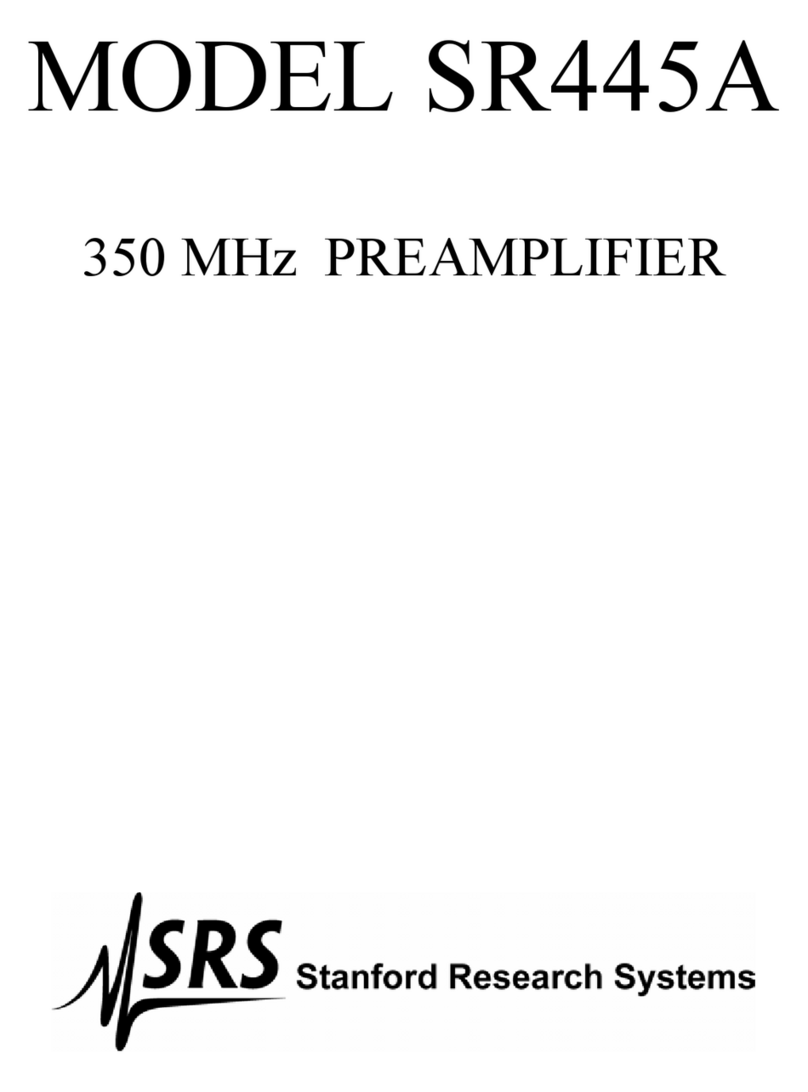
SRS Labs
SRS Labs SR445A User manual
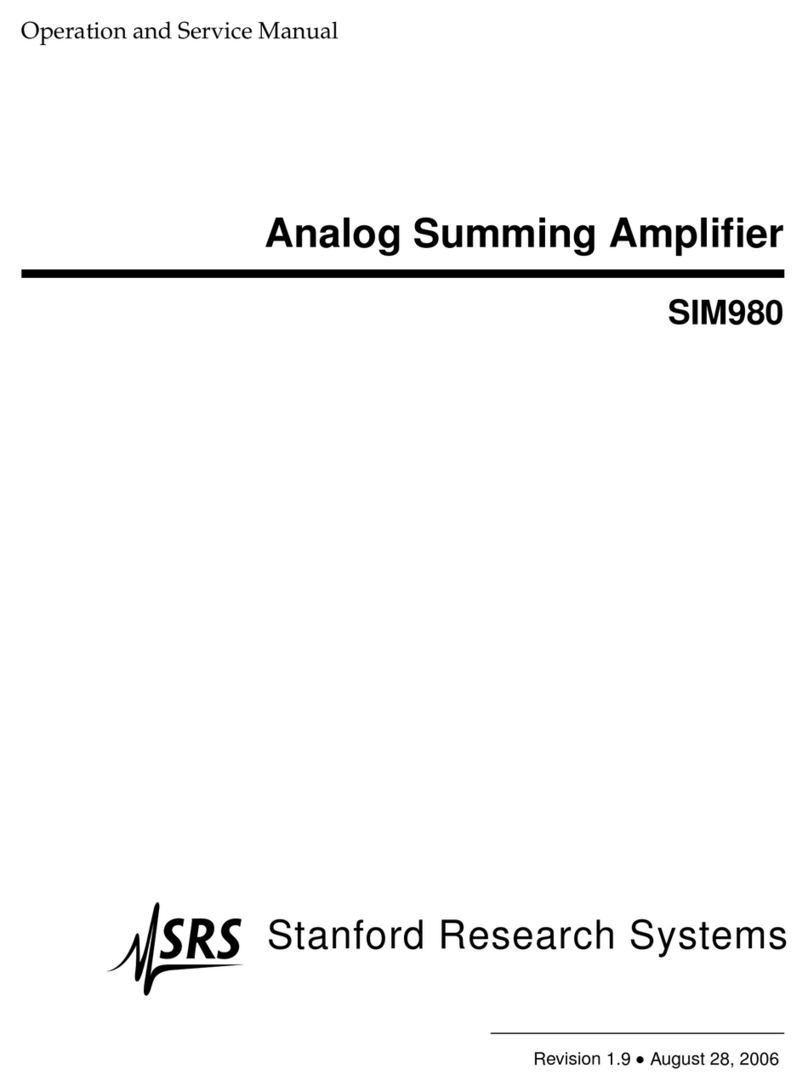
SRS Labs
SRS Labs SIM980 Operation manual
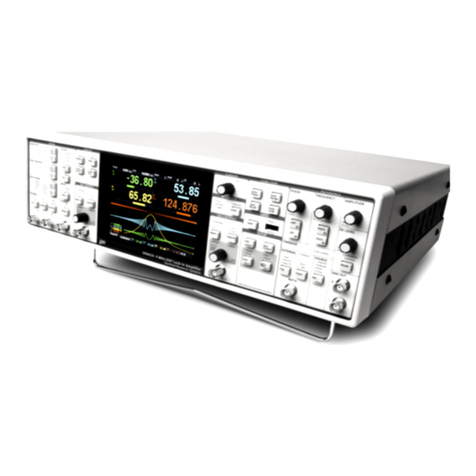
SRS Labs
SRS Labs SR865A User manual
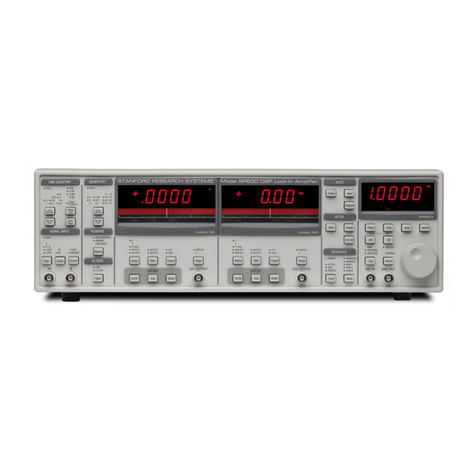
SRS Labs
SRS Labs SR830 User manual
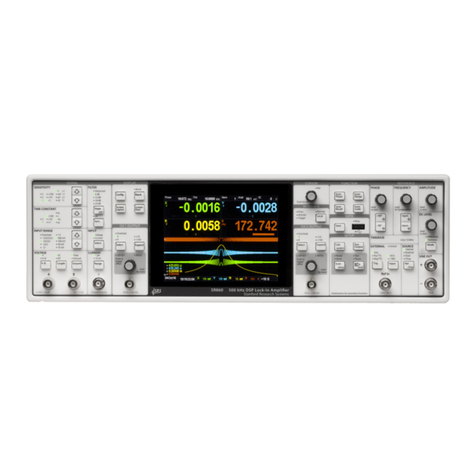
SRS Labs
SRS Labs SR860 User manual
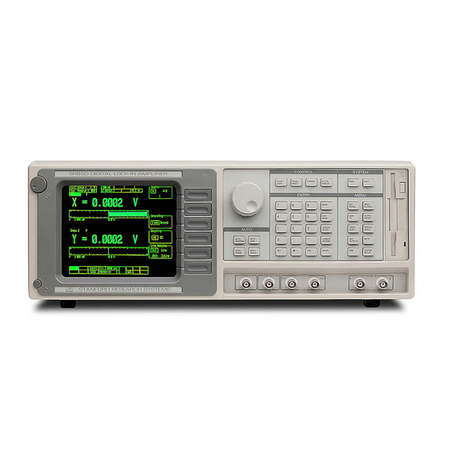
SRS Labs
SRS Labs SR850 User manual
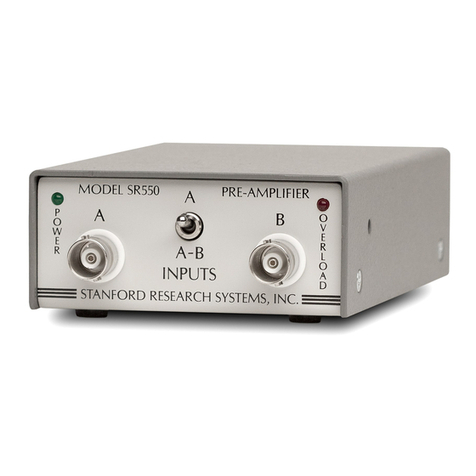
SRS Labs
SRS Labs SR550 User manual
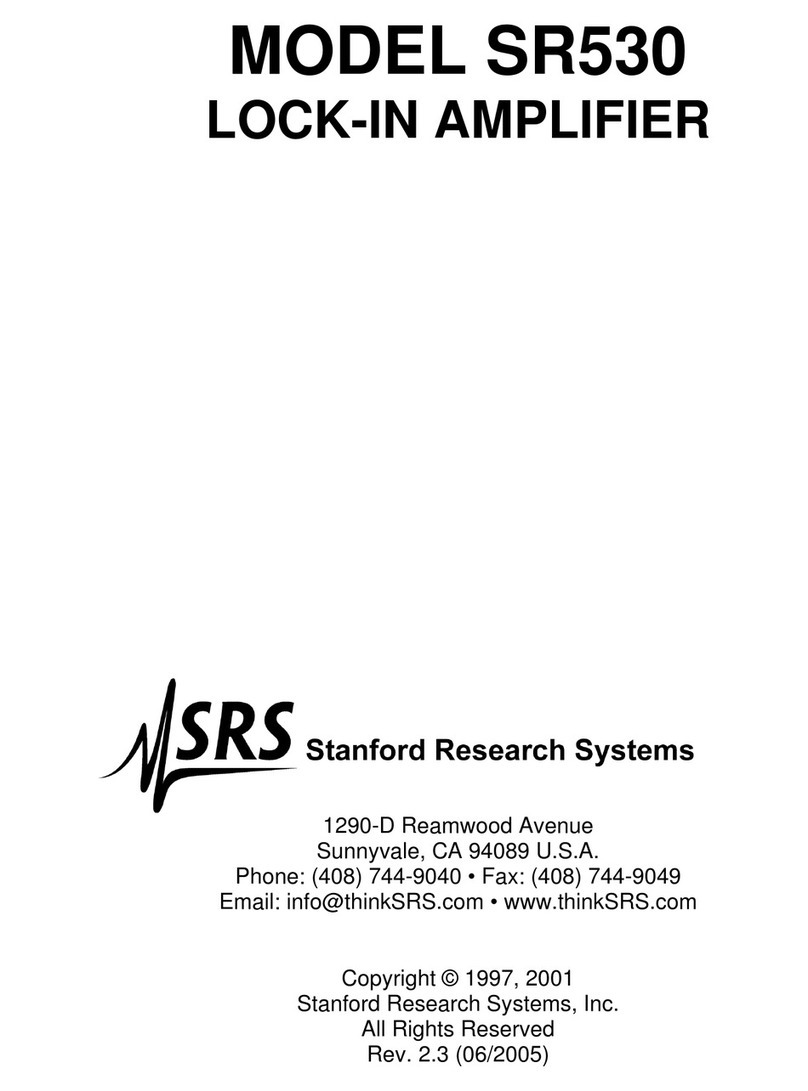
SRS Labs
SRS Labs SR530 Owner's manual
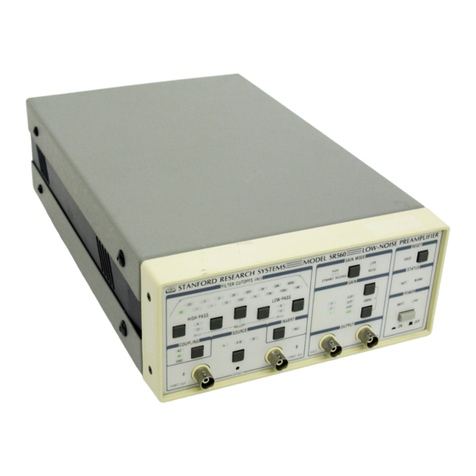
SRS Labs
SRS Labs SR560 Guide
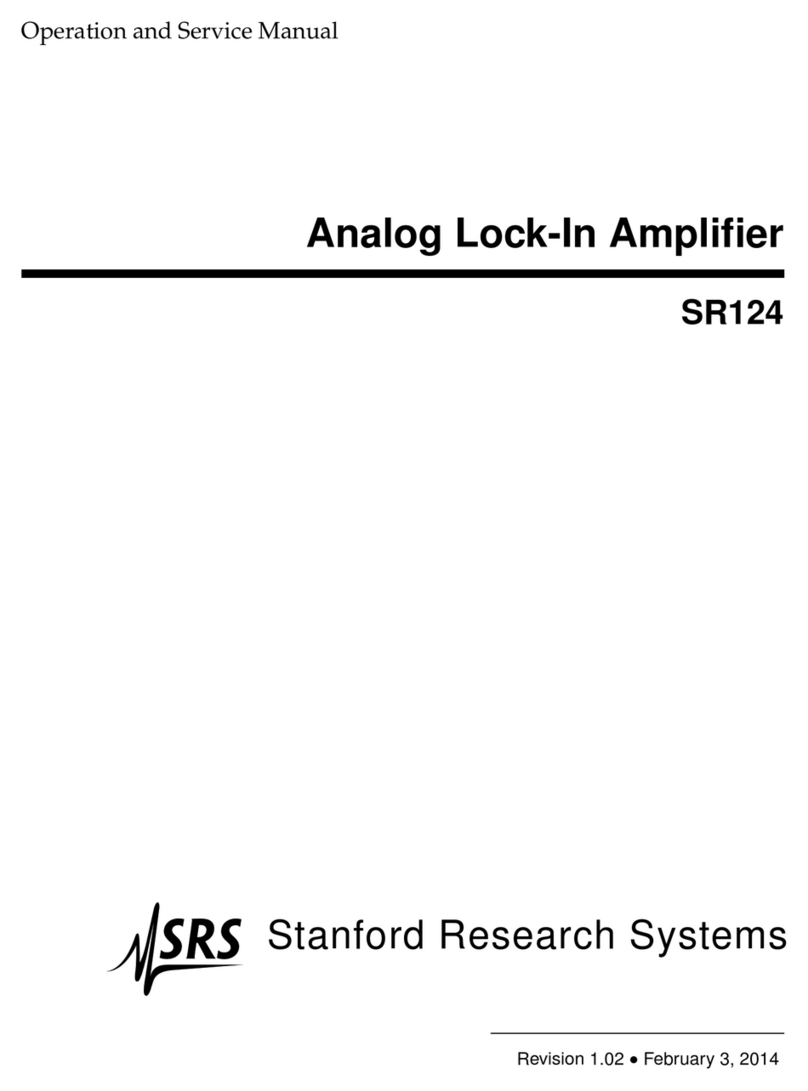
SRS Labs
SRS Labs SR124 User manual
Popular Amplifier manuals by other brands
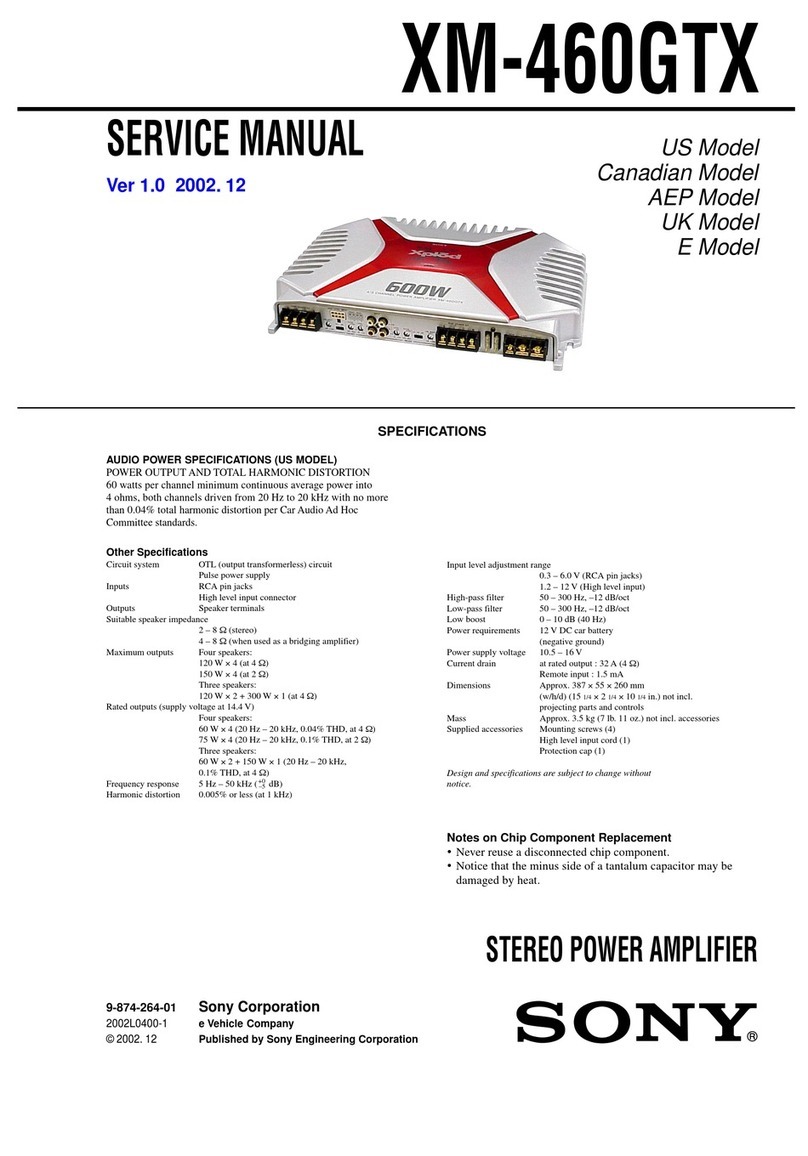
Sony
Sony XM-460GTX Marketing Specifications Service manual
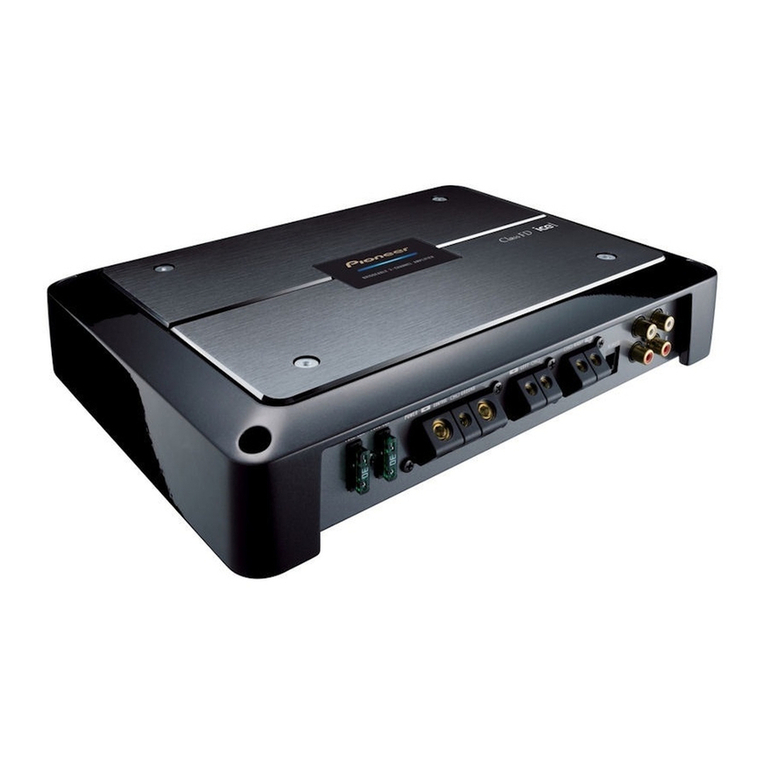
Pioneer
Pioneer PRS-D2200T - Premier Amplifier owner's manual
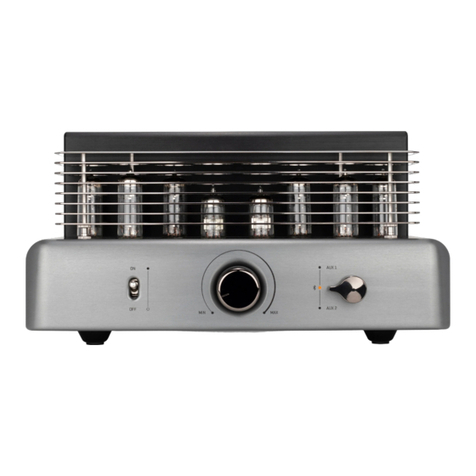
TRETTITRE
TRETTITRE TrePower1 user manual
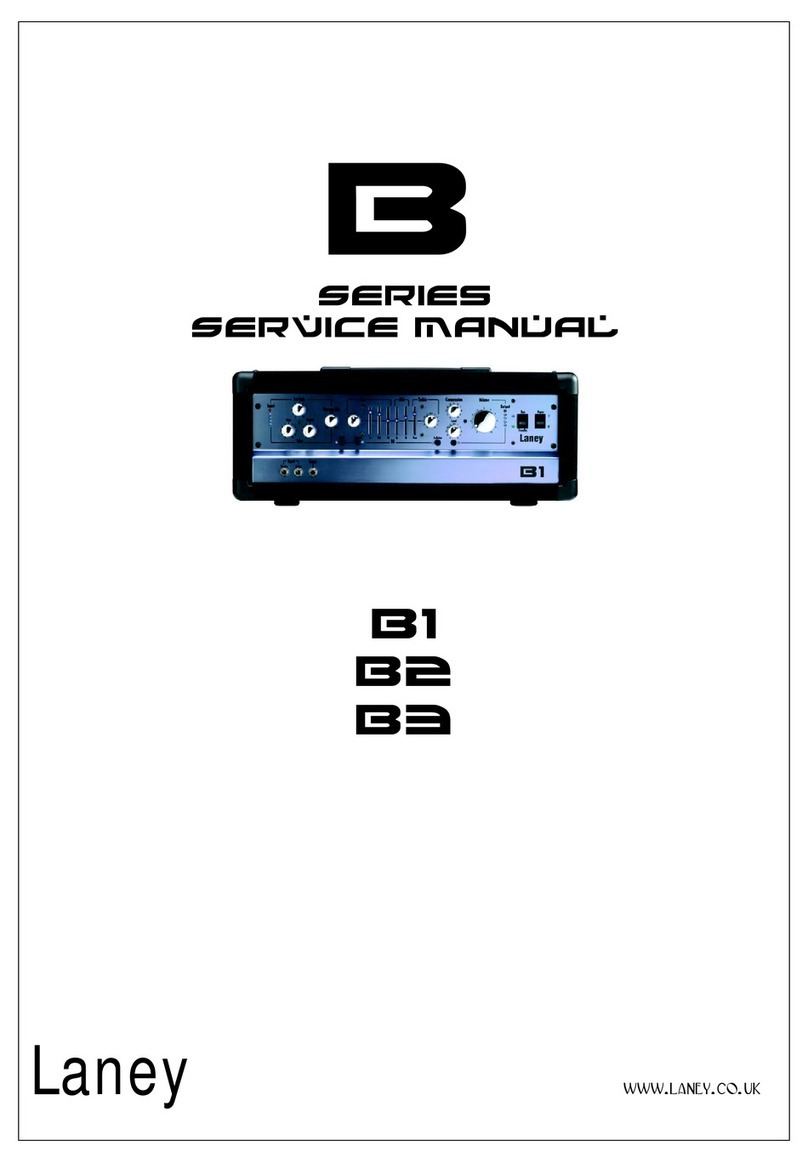
Laney
Laney B1 Service manual
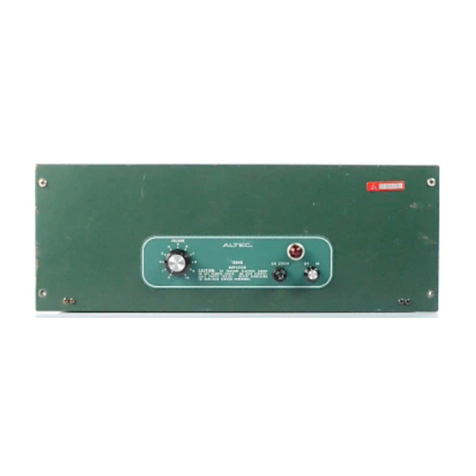
Altec
Altec 1594B operating instructions
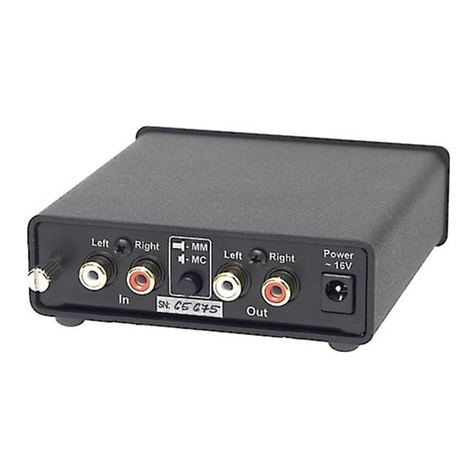
Pro-Ject Audio Systems
Pro-Ject Audio Systems Phono Box II USB Instructions for use
